Problem: The manufacturer of auto parts was looking for a new parts feeder solution for an assembly cell. Their engineers had designed the assembly cell with a dead nest to handle four parts, which were assembled and placed on a conveyor. This required the parts to be delivered in a small space in which one part was moved to the end of the line directly above another part. They produced a 3D print of the stacked nest.
Solution: The four parts for this assembly consisted of two lightweight plastic parts, a heavy metal spring and a sleeve. Fortville Feeders designs and builds feeder systems by first examining the parts involved and the challenges associated with each of them. The lightweight plastic parts had gaps in the geometry of the part that could easily be missed by a presence sensor. To keep the parts presence sensors from misreading these parts, Fortville designed a remedy. They angled the sensors to read down the line across multiple parts. They also built the system so the sensors could be moved to adjust the number of parts in the four tracks.
The metal springs also posed a potential problem. Whenever you are dealing with a heavy part that moves down a line, back pressure can cause parts to overlap and misfeed. Fortville built logic into the system to limit the number of springs in the track but keep pace with the demand from the assembly cell. This was adjustable so the customer could increase or decrease the number of springs on the track at their discretion.
To get the four tracks to line up with the customer’s dead nest, Fortville’s bowl toolers built a twist track. All of the machining on the tracks was done in-house to keep the project on schedule.
In the end, the customer was supplied with a four-part feeder that handled the unique qualities of each part and met the engineering specifications of the project.
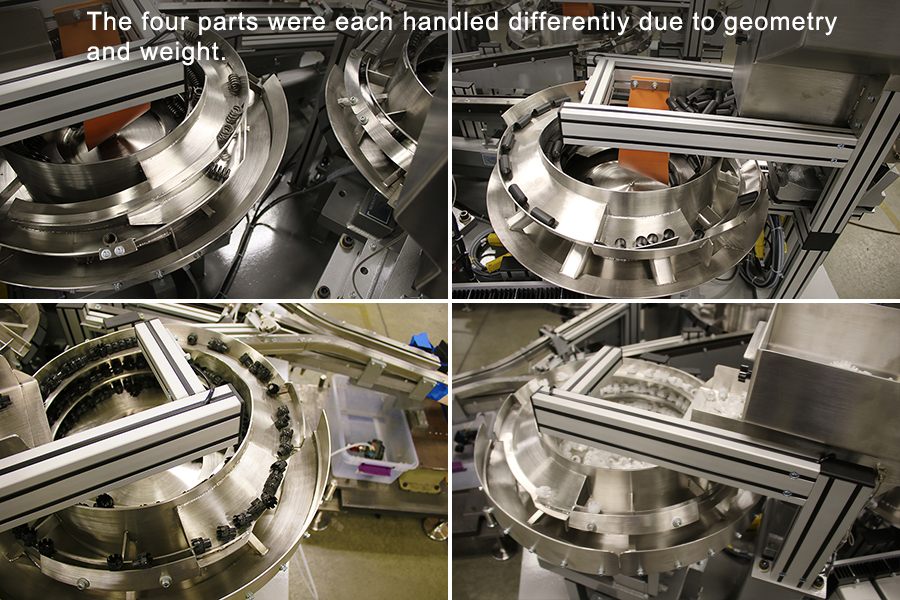
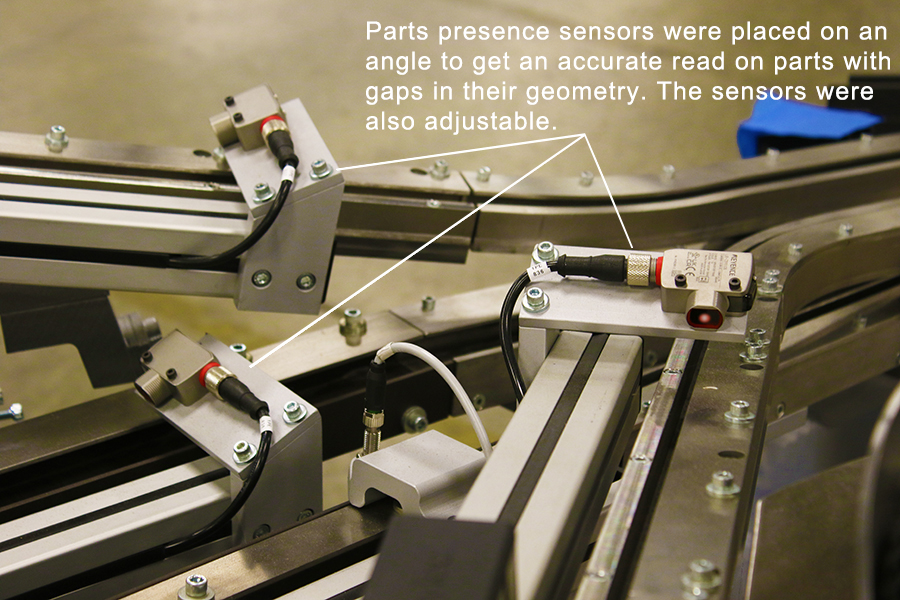
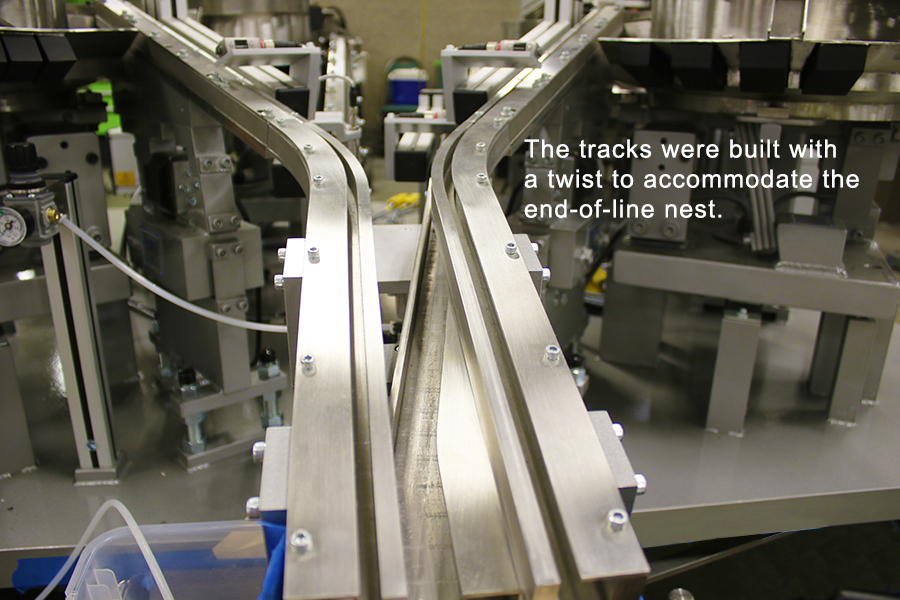
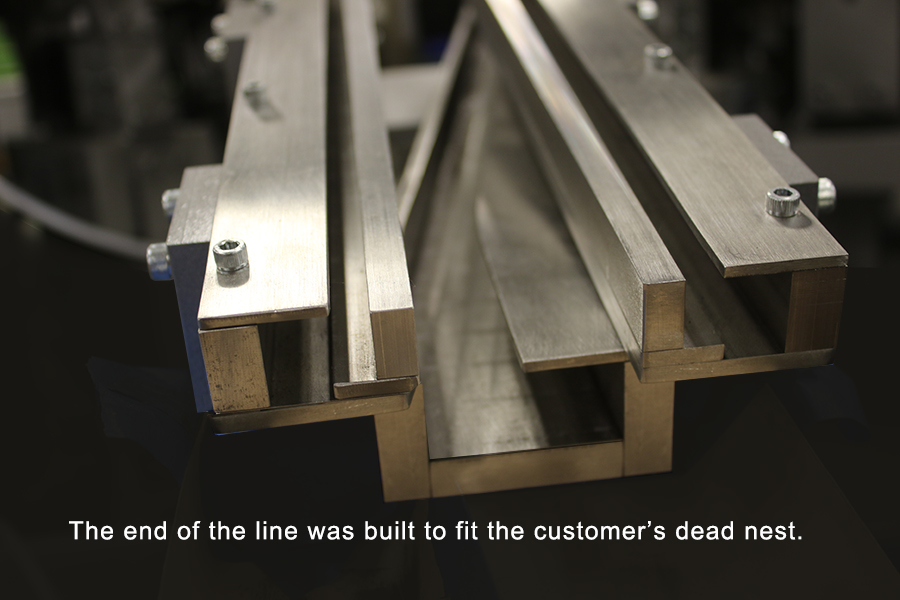
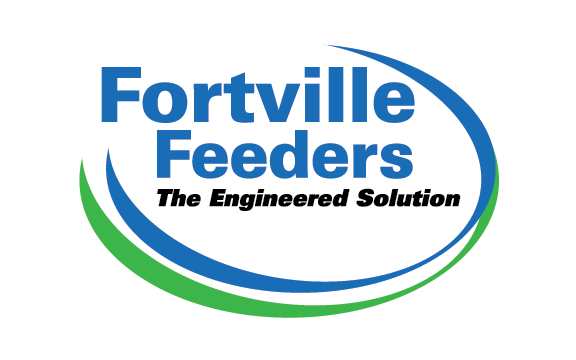
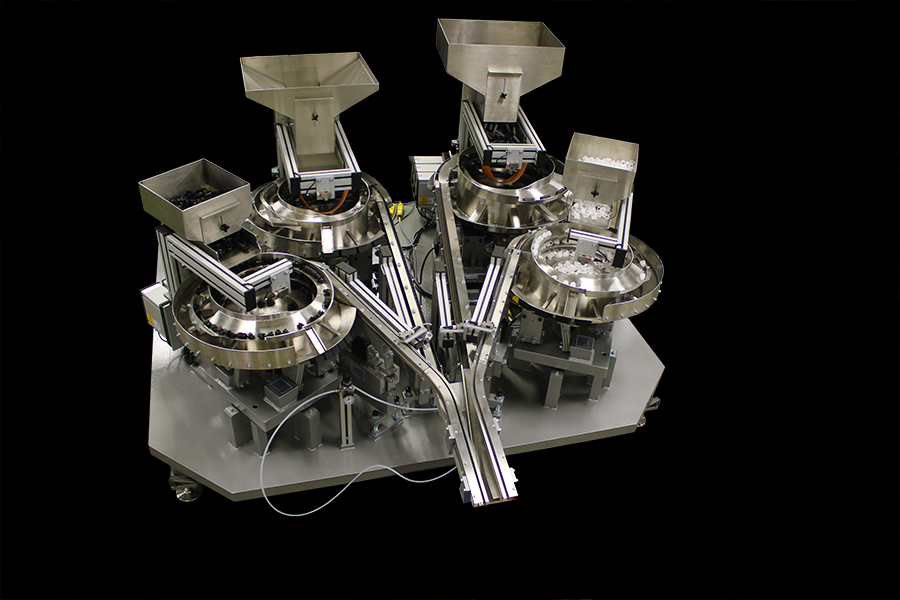
Recent Comments